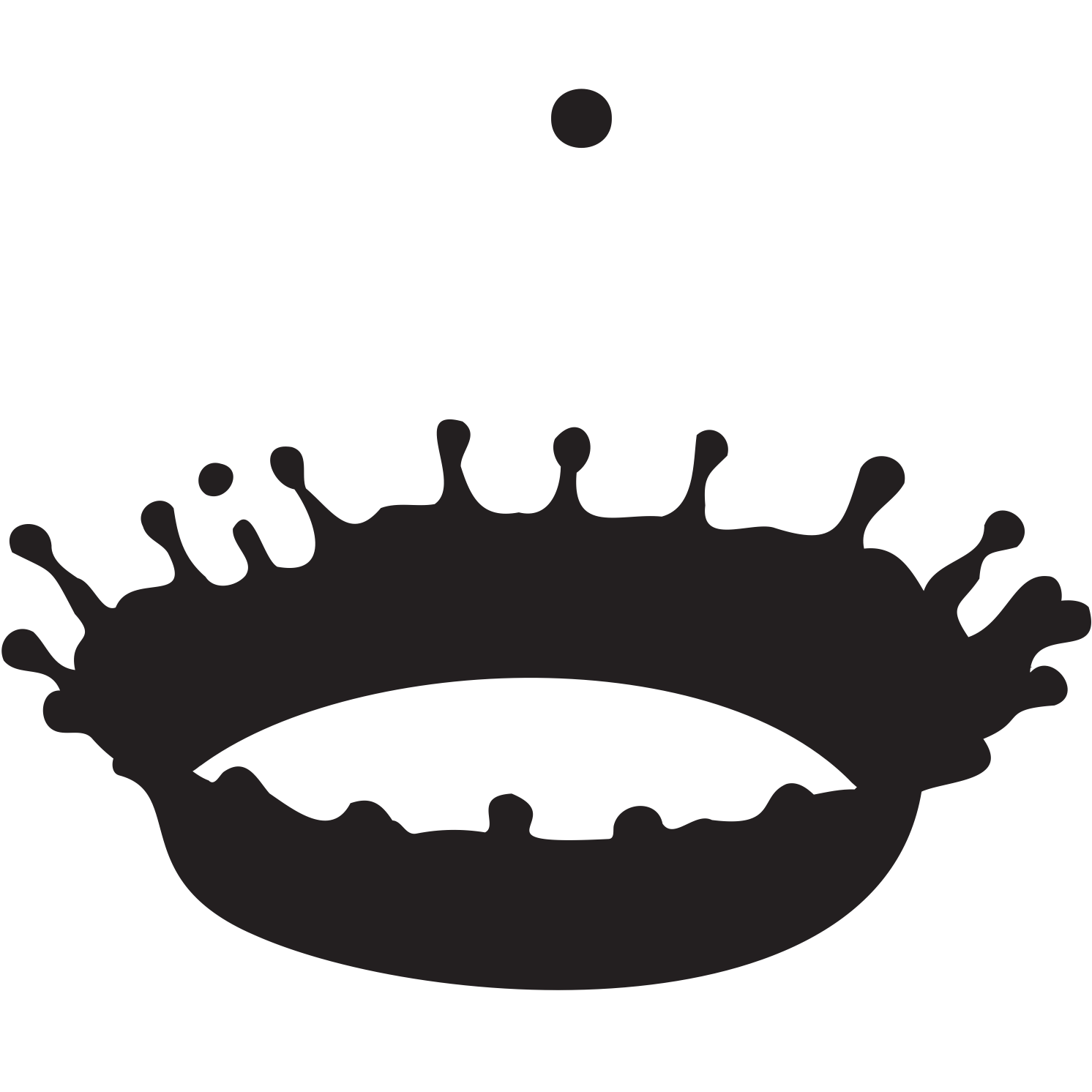This course explores Thermal Energy Networks (TEN) drawing inspiration from local and North American exper
This course explores Thermal Energy Networks (TEN) drawing inspiration from local and North American exper
Provides the opportunity to gain direct fieldwork experience in a global context.
Provides the opportunity to gain direct fieldwork experience in a global context.
Provides a technical introduction to decarbonizing building energy systems via the f
Provides a technical introduction to decarbonizing building energy systems via the f
Students explore possibilities of repurposed electronic devices in various secto
Students explore possibilities of repurposed electronic devices in various secto





